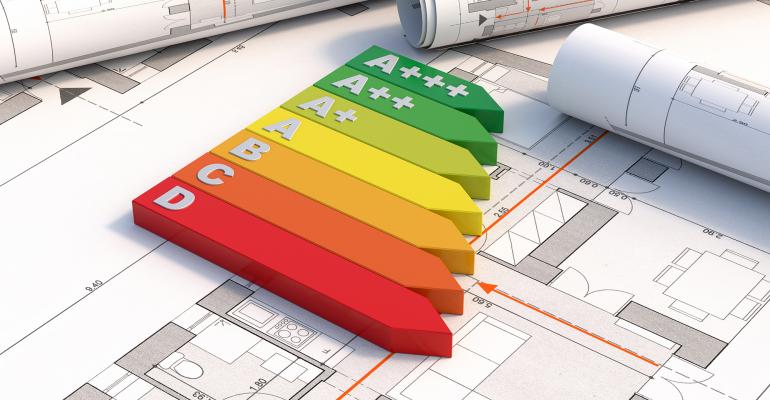Climate risk and extreme weather events are pushing sustainability issues more to the forefront for the built environment, which is broadly credited with producing an estimated 40 percent of greenhouse gas (GHG) emissions globally when accounting for the impact from both construction and operations. However, there are a myriad of other internal and external forces at play. When asked what factors most influence commitments to green building at their properties, the environmental impact resonated with the most respondents at 39 percent, followed by investor expectations at 35 percent, state or local mandates at 31 percent, tenant demand at 27 percent, current ESG mandates at 20 percent and forthcoming ESG mandates at 19 percent.
Companies such as Google, Amazon and Target have made their own commitments to ESG, which is further pushing real estate owners to up their game if they want to attract those tenants. “In my opinion, we’ve grown leaps and bounds over the last two years as an industry just talking about sustainability and ESG. That is mainly due to investors asking questions about it and wanting complete answers,” says Peck. In the past, investors were starting to ask about ESG, but they didn’t necessarily understand what the answer was that they were looking for. Today almost all major investors are asking questions, and they expect certain answers. So, the industry had to move from providing a “check the box type of response” to actual action at the asset level in order to make their portfolios more sustainable, she says.
When asked what factors impact an owner’s decision NOT to pursue green building standards for properties in their portfolios, more than half of respondents (54 percent) said that costs were too high. Other factors that were important for many respondents were lack of tenant interest (28 percent) and lack of investor interest (25 percent). Factors that trailed more distantly, each at 17 percent, included lack of information on how to implement green building standards, views that green building standards are ineffective, and no government mandates requiring green building standards. Additionally, 12 percent said that green building standards are not necessary.
Another factor that could be contributing to the low percentage of respondents that reported pursuing LEED certifications is that, in many cases, it is easier to pursue green building certifications in a ground-up development versus a retrofit or redevelopment of an existing building. “When it comes to our older building stock, a lot of our owners are at a decision point,” says Richards. Do we keep the core and shell and do a major renovation? Do we keep the major building systems and do piecemeal upgrades over time? Do we keep things in place and upgrade as we get new tenants moving in and out? Or do we demolish the building and build a brand new one? A lot of people are waiting to see how things play out in the economy and especially the demand for office space in the post-COVID market before making big decisions on new cap-ex projects, he adds.


